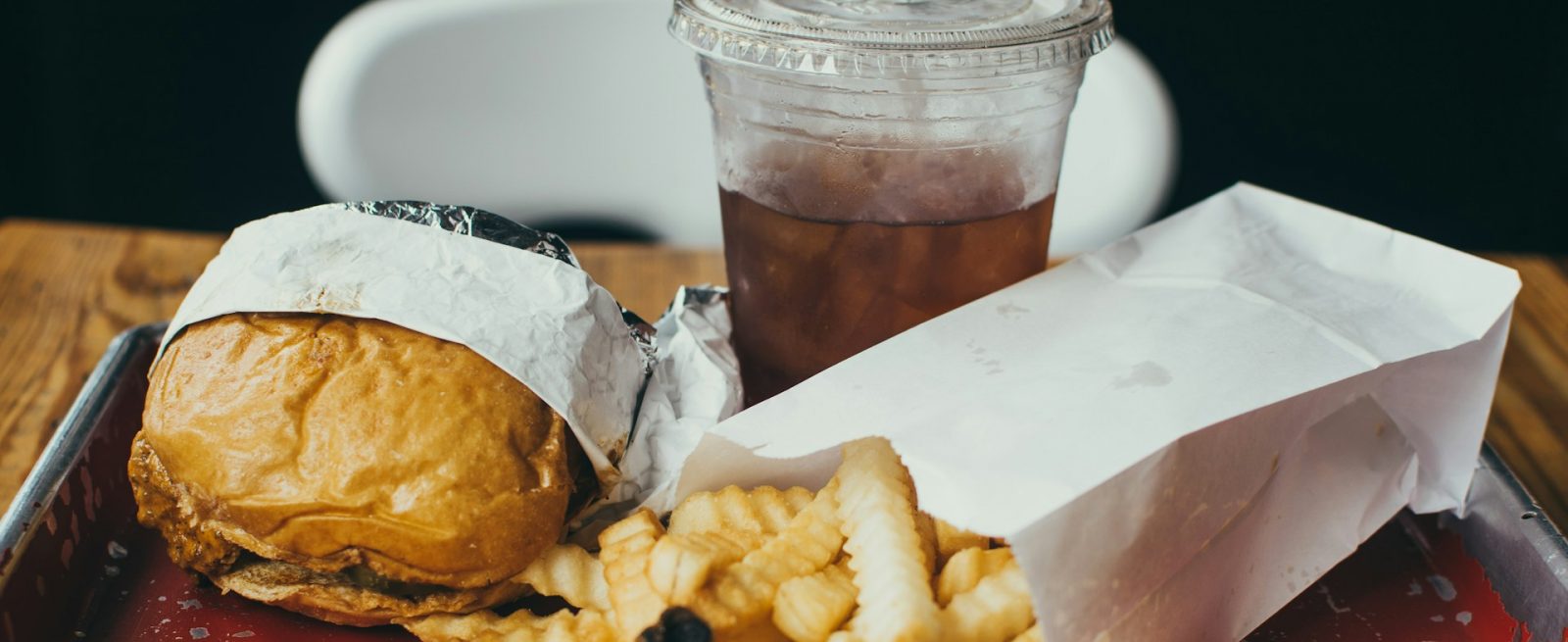By the Numbers: Breaking Down Q1 at QSRs
5 Min Read By MRM Staff
Numbers tell a story, and for QSRs the first-quarter numbers were tough, according to RMS. The story is that traffic was down 3.5 percent compared to Q1 2023, though sales were (barely) positive, at a 0.8 percent YOY increase. Average check is up YOY (+4.5 percent) as is Average Price, at +4.0 percent YOY. The rate of price increases has stabilized after nearly a year of declines, which could be attributed to minimum wage laws in California, among other factors.
Speaking of California, the state ranks third in overall burger price in the US (including full and quick service). A few highlights from RMS’ price map for last month:
The average price of a burger in California is $7.16, compared to the US average of $6.49 An average chicken sandwich costs $6.23 compared to the $5.71 average The average pizza costs $18.07 compared to the US average of $15.47When looking at dayparts, dinner was the winner.
Dinner traffic decreased by -1.4 percent compared to Q1…
Sorry, You've Reached Your Article Limit.
Register for free with our site to get unlimited articles.
Already registered? Sign in!

